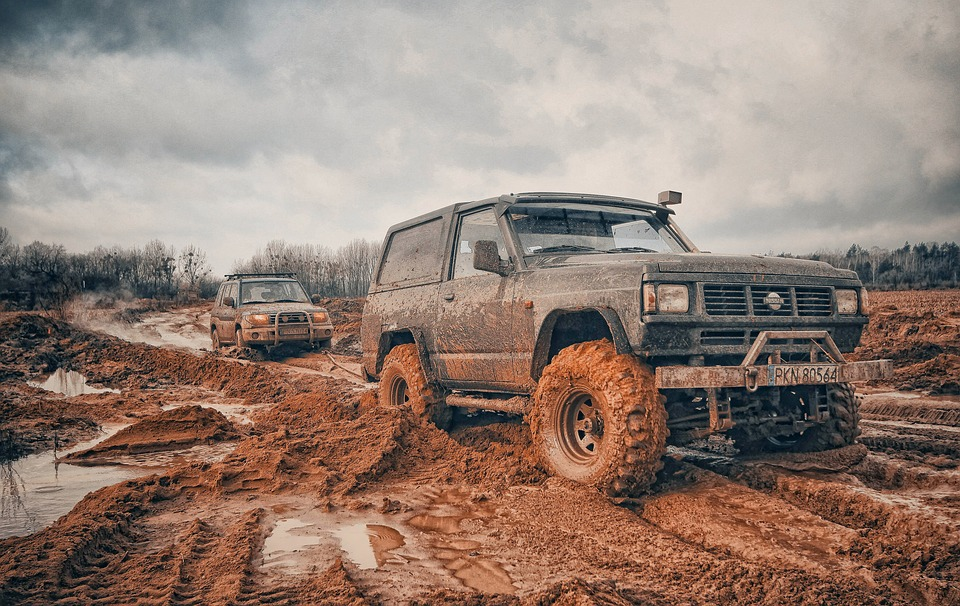Are you looking for tires that can handle the rough and rocky backroads? Something that can get your vehicle up mountainsides, down slick trails and keep you moving in loose sand? If so, then off-road tires can get you there. Here’s everything you need to know about these specialty tires.

These Tires Are Uniquely Designed
When you want to venture into the backcountry, you need a reliable set of tires. A good choice is off-road tires that can withstand the demands of the turf. The inside of these tires has extra layers of steel and fiber interwoven along the sidewall and driving surface to provide superior strength. This unique design helps prevent tearing and punctures from the rough rocky terrain and extends the tire’s life.
Off-road tires have another noticeable difference compared to standard passenger and all-terrain tires; they have a well-defined tread. The deep dynamic grooves found across the entire driving surface of the tire are crucial to their high performance. The wide spaces allow the tread to grab loose material such as sand, dirt, gravel and mud as it sinks into the ground. This superior traction enables these tires to push through these types of substances and keep your vehicle moving.
Off-Road Tires Have Different Usage Requirements
Specialty tires designed for driving on surfaces other than paved roads are not the best choice for everyday driving. A few reasons to keep in mind are:
- the large, heavy size makes them difficult to balance
- gas mileage decreases as tires size and weight increases
- steering is more cumbersome
- vibrations against asphalt make them very noisy
- the softer rubber wears faster on pavement
- specialty tires cost more than standard tires
Ideally, you can use these tires as a spare set for a vehicle you use both off-roading and as a commuter, or mount them on one that you tow and use only off-road.
When you are ready to use your tires, it’s important to release some air before driving. Lowering the air pressure inside the tires allows them to spread out, which increases the amount of rubber touching the ground and improves traction. The recommended air pressure is 20 psi. Any less, and you risk removing too much air and causing the tire to separate from the wheel.
Proper Maintenance Is Vital for Longevity
Every time you use your tires, it’s a good idea to inspect them at the end of the trip. Often, minor cuts and warps in a tire can go unnoticed when the tires get cacked in dirt and mud, so look closely or wash them down at your earliest convenience. Even though this damage may be small, it jeopardizes the tire’s safety over time and can lead to a blowout when you’re in the backcountry. While looking over your tire, check the depth of the tire tread. If the depth is less than 2/32 of an inch, it is time to look for new tires.
If you are looking to venture into the wilderness, it’s always good to have off-road tires on your vehicle. These tires ensure that no matter what the driving conditions are, your truck will make it through.